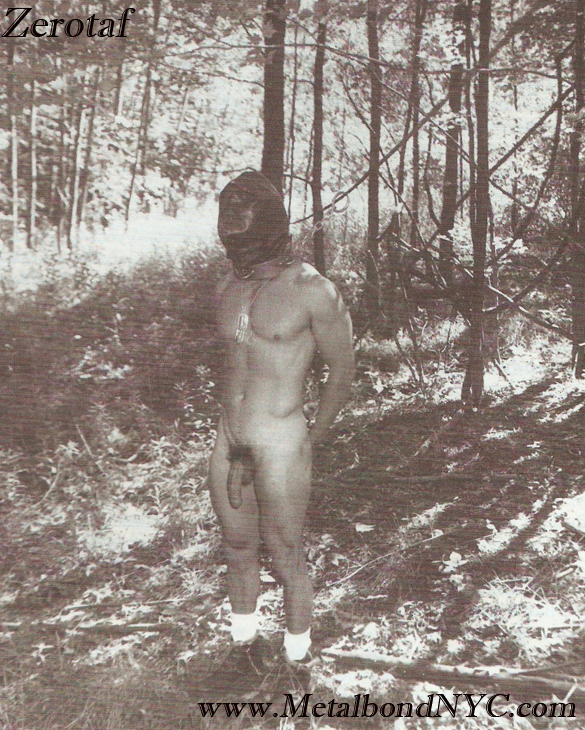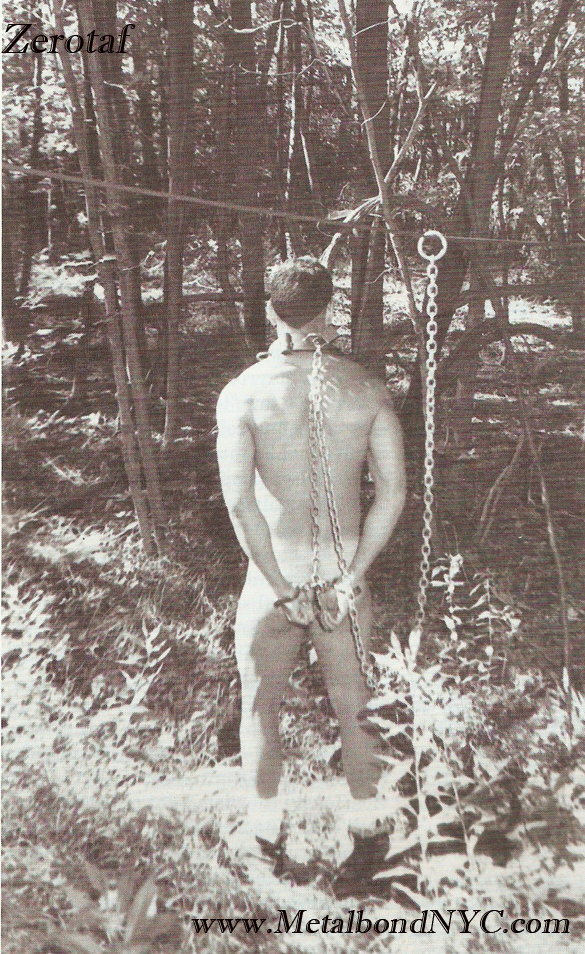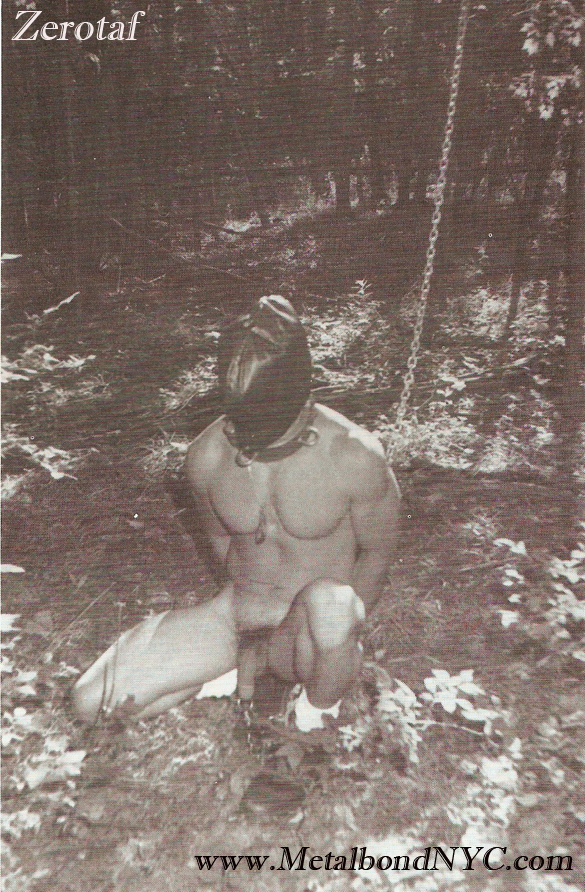 Keeping a Line on Your Bottom (or Vice Versa)
Keeping a Line on Your Bottom (or Vice Versa)
From Checkmate 17, November 1996, posted with permission
One of the benefits of living on 50 acres are the opportunities presented for outdoors play. Curiously, Bob and I do only a limited amount here and not completely sure why. Weather is a limitation in the climate of Northeastern Pennsylvania, which has winter, summer and a four-hour interlude in between. Another possible problem is that most of the visitors to the Mountain are city slickers who are squeamish about the bugs and other critters that abound around, in and under the house. Even though we have a wasp nest in the front entrance which makes some visitors nervous (we signed a non-aggression pact several years ago and studiously ignore each other) there are less bugs, comparatively speaking, inside than outside.
We do have visitors who enjoy the out of doors, including Monterey Jack, whose idea of a good time is to be chained naked to a tree in the woods, preferably during a rainstorm (see his article in CM 16). This is another example of the importance of the mind in SM. Jack’s goal is to be completely helpless. He achieves this goal by getting himself into situations where he would rather be anyplace other than where he is and has no way of making relocation. This convinces him that he is truly out of control.
A couple of years ago, we decide to erect a dog run in the woods several hundred feet from the house for Jack’s entertainment. The design is quite simple and consists of a steel cable fastened between two trees and a chain to which the subject is attached with slides along the cable. The attachment can be to a steel collar, to handcuffs or to both, according to your preference. I don’t recommend attaching the chain to leg irons. There is usually too much debris lying on the forest floor that could snag the chain and possibly trip up the prisoner. We are using half-inch uncovered cable because we had a good supply on hand. However, weathered wire cable has a tendency to develop steel splinters and should be handled only with heavy gloves. New quarter-inch cable with plastic coating is smooth, and also lighter and easier to put in place, although we think that is lacks something of the air of authority provided by the larger cable.
The length of the cable depends upon the locations of the anchor trees and your personal tastes. The cable that we are using here is 40 feet long between the trees. This is long enough to provide the chainee with a suitable change of venue. For the meticulous captive who is going to be leashed for the better part of a day or more, it allows him to eat and live at one end of the cable while using the ground around the other end as his toilet. It’s little amenities like this that allow for gracious living under adverse circumstances.
You should probably not use a cable of more than 50 feet. The longer the cable, the more dead weight that you have to deal with while fastening it in place. Putting up a 40-foot cable is a two-man job, with one supporting the middle of the cable while the other fastens the second end to the tree.
We recommend fastening the cable between eight and ten feet high on the trees and keeping the lowest point on the cable higher than the height of the attached “dog.” The cable should be looped twice around the tree and held in place with suitable clamps. We use two half-inch u-bolt wire rope clamps at each end. These are available at any hardware store.

 The chain leash should be long enough to reach the ground so that if it is attached to the subject’s collar he won’t be injured if he accidentally falls. It also allows him to lie down and rest during the long scene. We are using a 10-foot chain with a 2-and-a-half-inch steel ring welded to one end to use as a slide (see pictures). You can use the end link of the chain if the link has an inside diameter large enough to keep it from binding on the cable. Use of a padlock or a threaded connecting link allows you to remove the chain from the cable without disconnecting one end of the cable from the tree. However, make sure they allow enough play to keep the chain from binding on the cable and if you used a connecting link make sure it’s tightened down enough that busy little hands can’t worry it loose and achieve an unauthorized escape.
The chain leash should be long enough to reach the ground so that if it is attached to the subject’s collar he won’t be injured if he accidentally falls. It also allows him to lie down and rest during the long scene. We are using a 10-foot chain with a 2-and-a-half-inch steel ring welded to one end to use as a slide (see pictures). You can use the end link of the chain if the link has an inside diameter large enough to keep it from binding on the cable. Use of a padlock or a threaded connecting link allows you to remove the chain from the cable without disconnecting one end of the cable from the tree. However, make sure they allow enough play to keep the chain from binding on the cable and if you used a connecting link make sure it’s tightened down enough that busy little hands can’t worry it loose and achieve an unauthorized escape.
There are a lot of possibilities for scenes based on this setup. A small lean-to can be placed at one end of the run in which the detainee can set up housekeeping for an indeterminate period. We have done no long-term confinement using the dog run here at the Mountain, a long afternoon being the limit thus far. However, we are advised of one situation in southern California where a Top going on vacation left his bottom in the care of a friend for a week or two. The bottom was in a similar situation to this, was fed regularly and periodically hosed down. We have no way of authenticating this story, although the Top who told us (the bottom sitter) has a good reputation and the arid climate in which it supposedly occurred would make it feasible as long as shelter from the sun was available.
This article and pictures are © 1996 and 2011 by Telecentral Electronics. Reprinted with permission.
Metal would like to thank the author, who can be contacted on Recon under the screen name Zerotaf.
Also thanks to nycbondageswitch for helping prepare the text for posting here on Metalbond.

